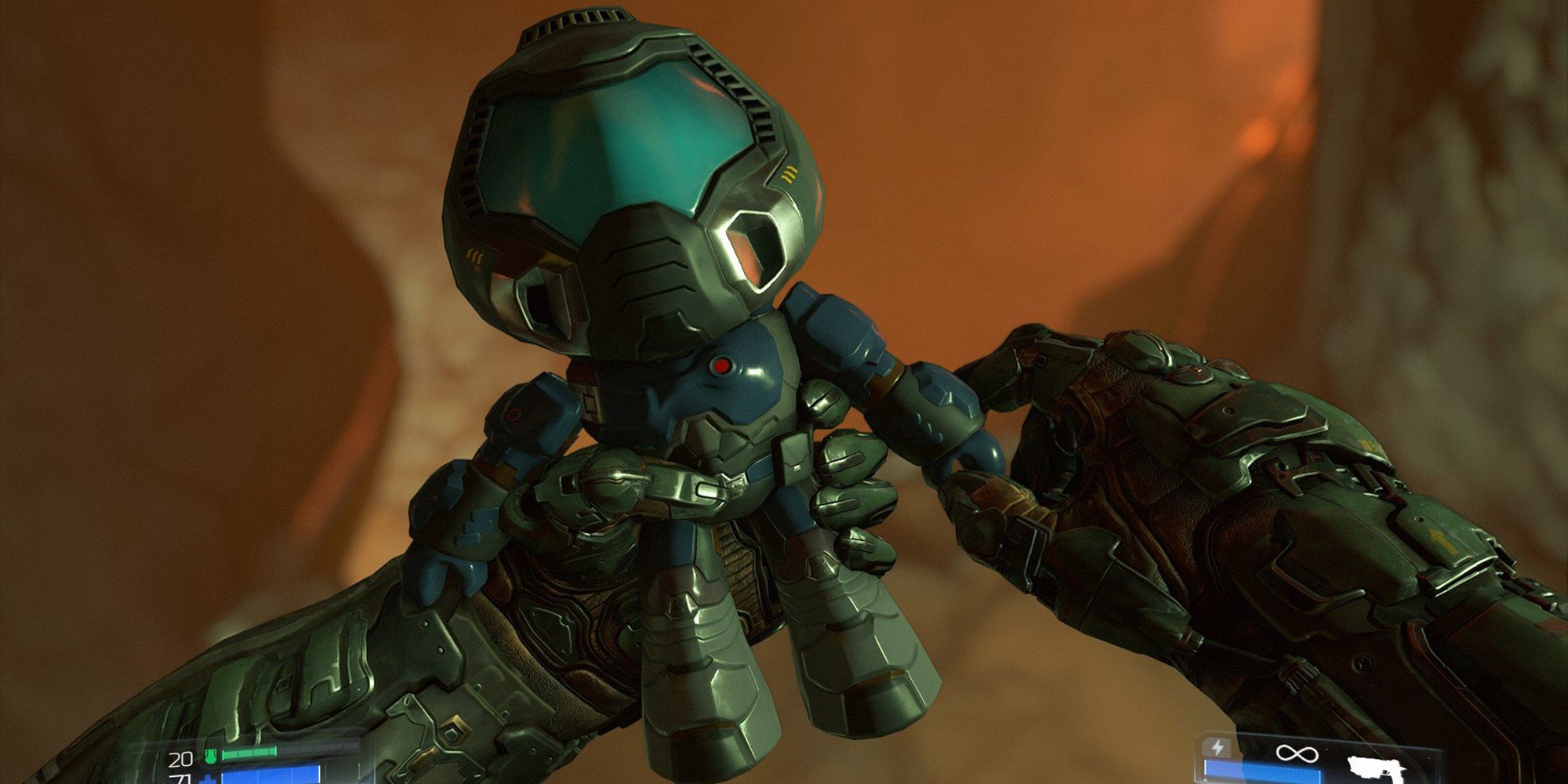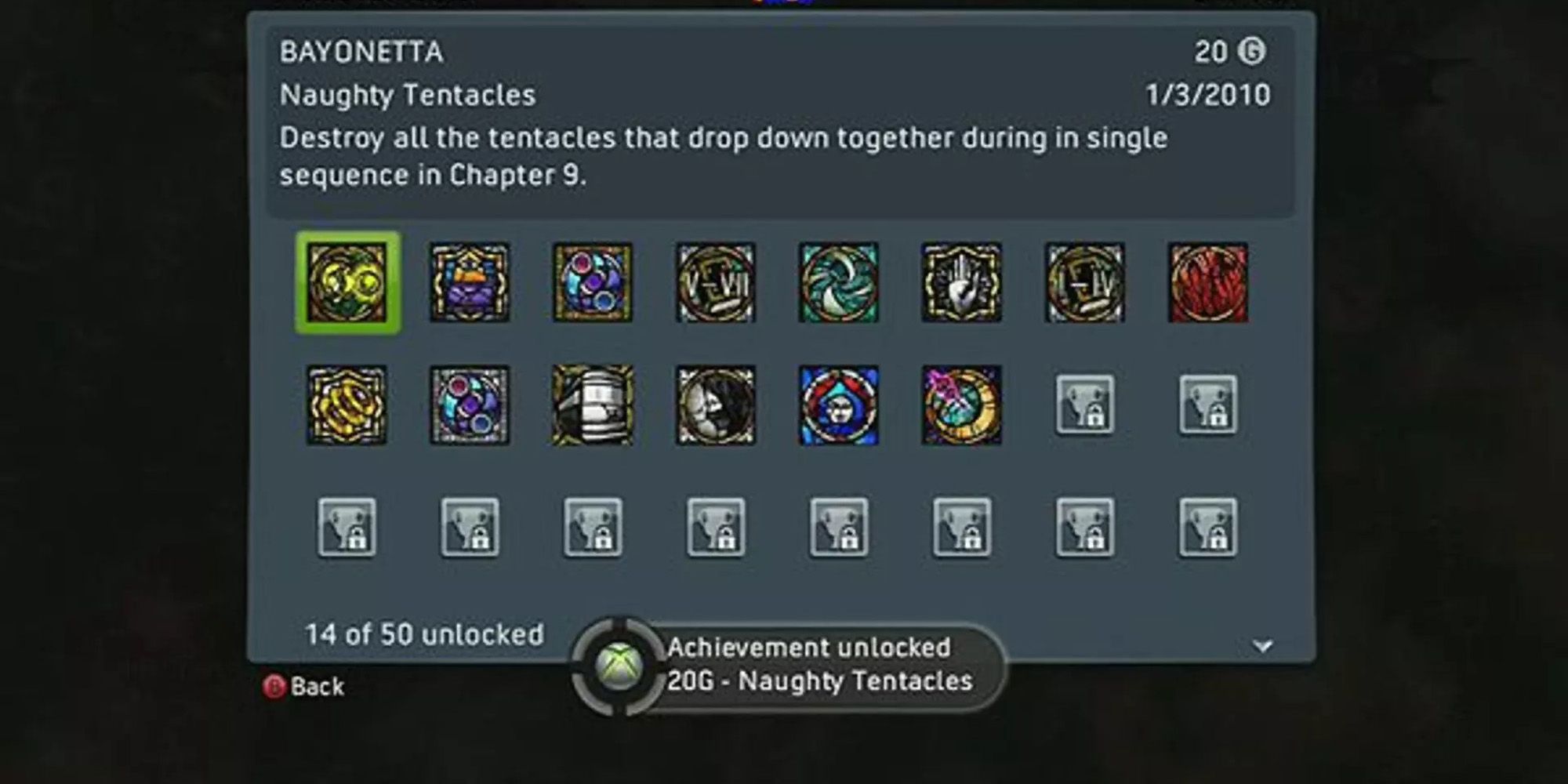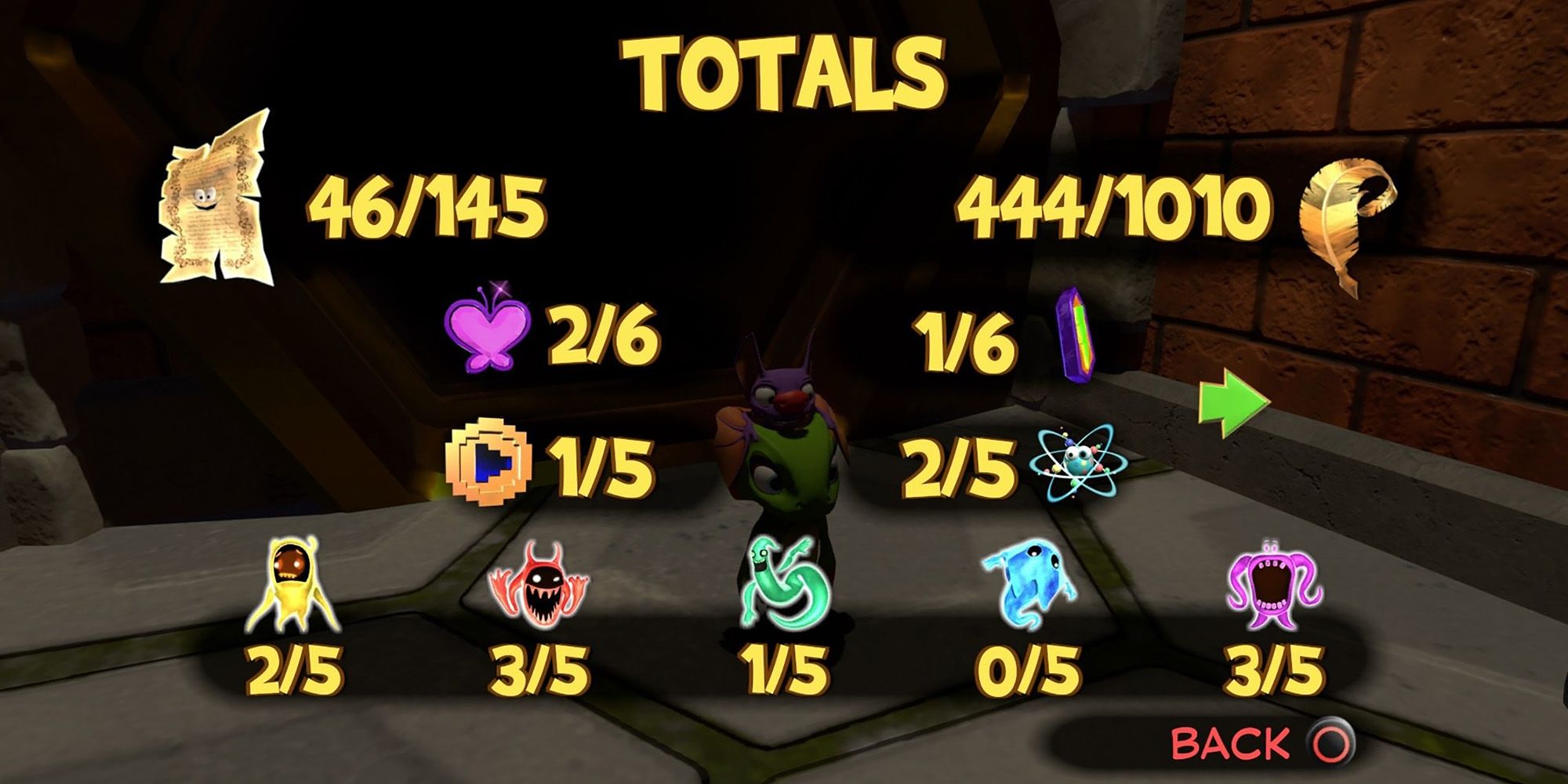Video game collectibles valued by completionists, though they are often overlooked by more casual players. Beginning with arcade games, collectibles have long been a staple of the medium; their usefulness varies and they can be tedious to find, but their evolution reflects changes in gaming as a whole.
History
It can be argued that the original Pac-Man arcade game was the first to have collectibles, since that was the entire basis of the game; however, most arcade games featured collectibles, including rare items and enemies. These were more difficult to acquire or defeat, which set a precedent for modern video game collectibles.
However, arcade collectibles were simpler in that they were part of core game play, rather than complex, optional retrieval missions. Even when the NES and Sega Master System came around, the games stayed fairly simple.
On the NES, Super Mario Bros. introduced coins as collectibles. This may seem trivial, since these are common today, but players may remember there were many hidden areas containing them. Once players acquired enough coins, they received a one-up, meaning these were originally collectibles.
Mega Man had more useful ones like “E” Tanks. They were hidden and often tricky to reach, but provided players with healing to continue through tough situations. However, they weren't required to complete the game, which is similar to how most video game collectibles are today.
The PlayStation and N64 era had a resurgence of games focusing on collectibles, like Mario 64 and Spyro the Dragon. Collecting items was required to advance, but players didn't have to get every single one; that said, collecting the entire set rewarded players with unlockables and a feeling of accomplishment. As time went on, games like Grand Theft Auto III also began rewarding players who collected full sets.
Achievements
Enter the Xbox 360, with the advent of achievements. These were even part of Microsoft’s announcement as a way for players to track their in-game accomplishments -- including collectibles. Developers had more reason to keep adding collectibles now and the completionist ranks surged, since players could show proof of their accomplishments.
In their own way, achievements became collectibles in their own right. They also created a bit of a problem. Finding items often became busy work, which took away from gameplay -- especially if collectibles had no purpose aside from getting an achievement. Assassin’s Creed, for example, had over 400 flags to collect that served absolutely no purpose and many were in difficult to reach spots. The only thing players got for obtaining them was an achievement. Instead of innovating with rewards, story or secrets, developers took a step back and relied on achievements to be enough for players.
Collectibles: Good vs. Bad
Today, video game collectibles are a mixed bag. There are still those that don’t provide any rewards, like hunting every animal in Red Dead Redemption, but that doesn’t necessarily make them bad collectibles. Others are rewarding, but can be very difficult to obtain -- either because they’re in a hard to get spot, or guarded by tough enemies.
Most players have a reasonable threshold for what they’re willing to go through and if something isn’t mandatory for progression, they may skip it entirely. Even some completionists can be deterred by poorly placed collectibles or ones that rely on awful mechanics. No matter how enticing the reward, sometimes it's just not worth 16 attempts or the associated frustration.
High numbers of collectibles also makes the task daunting, especially if there’s no reward for them. This is usually seen in large, open-world games and means scouring every inch of the map. Often the items are small and stopping to search for them breaks immersion and gameplay. No longer is the player Alan Wake, an author in a living horror story, but a guy running around looking for coffee thermoses.
The worst is when all three of these problems come together. Games with several unrewarding and difficult to get collectibles are the worst culprit of them all, but thankfully, these aren't very common. Most developers use collectibles as a device to give players more information on lore or to give out rare rewards, which is how they should be used. Everything that goes into a game should contribute to its design or world rather than be padded busy work for players. Collectibles have come a long way from the simple arcade and in a way, developers pay homage to the era by continuing to include them.




